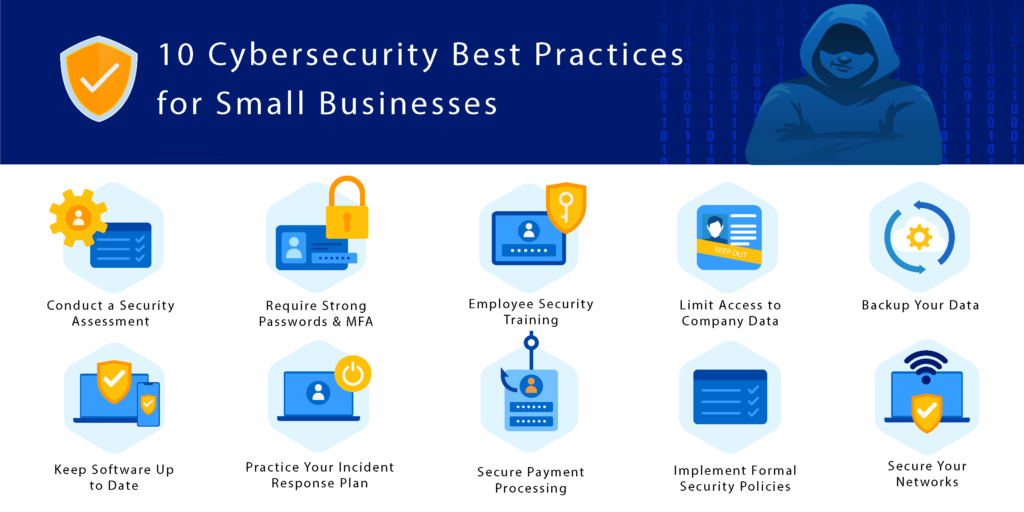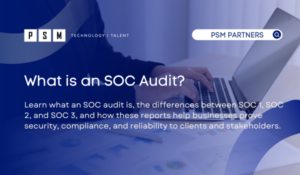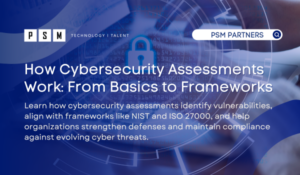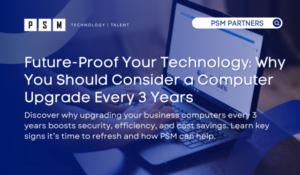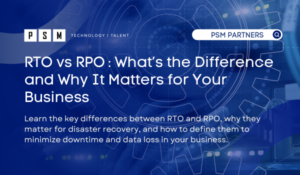Table of Contents
ToggleDo Small Businesses Need Cybersecurity?
SMBs are low-hanging fruit for hackers because they are typically easier to hack than larger corporations. Accenture’s Cost of Cybercrime Study states that 43% of cyber-attacks are aimed at small businesses, but only 14% of small businesses are prepared to defend themselves. Do not let your small businesses become another cybersecurity statistic. At PSM Partners, we help hundreds of organizations boost their cybersecurity by building a proactive managed IT plan. In this article, you will learn how to set up a reliable multi-layered defense against cyber threats. We will discuss the following:
- Why Are SMBs at a Higher Risk for Cyberattacks?
- How Can You Protect Your Small Business from a Cyber-Attack?
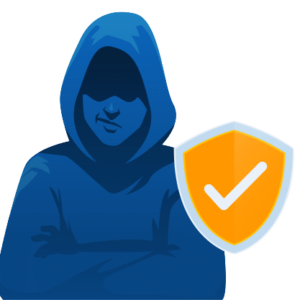
Why small businesses are a target for cyber attacks
Think about your home. Even though you have a lock on the door, if a burglar really wanted to break in, he could, right. With no extra security in your home, a robber could easily break a window, break in your door and more. You may not be concerned living in a nice neighborhood, but would things change if the news, the FBI, and the President of the United States warned that the number of burglaries increased 3x since 2010, and there are more robbers now than ever before. This would make you act quickly to get a security system or extra defense. As a small business, your organization is in this current situation in the cybersecurity landscape. Although, even worse, if a hacker steals your data, they don’t just take it and leave; they charge you thousands in ransom for you to recover it. A recent study by IBM revealed that organizations with fewer than 500 employees had an average data breach cost of $2.98 million per incident in 2021. As well as approximately 60% of SMBs go out of business within six months of getting hacked. No one is safe from cyberattacks, including small businesses. Small businesses are particularly vulnerable because they are easy targets. It is more common for large and medium size businesses to have more cybersecurity processes in place that prevent attacks.
How Can You Protect Your Small Business from a Cyber-Attack?

1. Conduct a Security Assessment
Your in-house IT team should conduct regular security assessments or engage a security company to assess your security posture. Security assessments uncover blind spots in your defense that hackers can and will exploit.
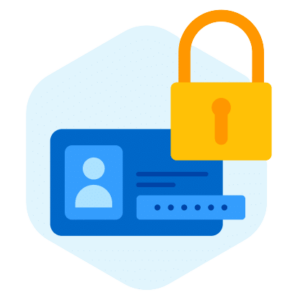
2. Require Strong Passwords and Multi-factor Authentication (MFA)
Requiring employees to create strong passwords is an easy way to improve your cybersecurity. Make sure employees use different passwords for different accounts. A strong password includes:
- 10 characters or more
- At least one uppercase letter
- At least one lowercase letter
- At least one number
- At least one special character
Multifactor authentication requires users to verify their identity in two or more ways to sign in to an account. Since MFA requires users to identify their identity in at least 2 ways, it is much more secure than the traditional single-factor authentication such as a password. Your organization should require MFA before employees can access any company data.
Learn more about choosing the best multifactor authentication method for your business.
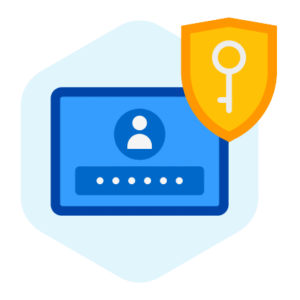
3. Employee Cybersecurity Training
Employee trainings should be conducted quarterly or at least once a year. Employees and emails are a leading cause of data breaches for small businesses because they have a direct access to company systems. It’s crucial that employees are educated on the various ways cybercriminals can infiltrate your systems, be able to recognize signs of a data breach, and educate them on how to stay safe while using the company’s network. Training employees on cybersecurity best practices can reap dividends later.
Cybersecurity training topics include:
- Spotting a phishing email
- Utilizing good browsing practices
- Preventing suspicious downloads
- Creating strong passwords
- Safeguarding sensitive customer and vendor information
- Maintaining good cyber hygiene

4. Segmented and Limit Access to Company Data and Information
Limiting employee access to systems and data to only certain groups or departments in your organization can also help in the event of a hacker or malicious employee. Employees should only have access to data and systems they need to perform their job. Companies often think that cyberthreats only originate externally, although a large percentage of threats can come from inside your organization as well. Maintaining tight constraints over user access, you will greatly limit what a single comprised account or hostile employee can do.
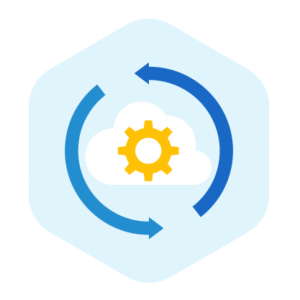
5. Backup Your Data
Data should regularly get backed up on all computers. Critical data includes word processing documents, databases, electronic spreadsheets, human resources files, financial files, and accounts receivable/payable files. If possible, back up data automatically, or at least weekly, and store the copies either offsite or in the cloud.
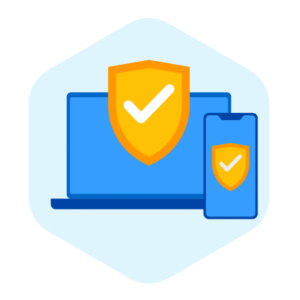
6. Keep Software Up to Date
When you update the software on your computer, you’ll get the latest fixes and security improvements, helping your device run efficiently and stay protected. In most cases, restarting your device completes the update. Hackers are constantly scanning for security vulnerabilities; if you don’t keep software up to date, weaknesses can linger for too long, significantly increasing your chances of being targeted.

7. Practice Your Incident Response Plan
Despite your best efforts, you should always have a plan in case your company falls prey to a cyberattack. It’s crucial that if your company were to get hacked, your staff could handle the fallout. By having a response plan, an attack from a hacker can be quickly identified and combated before too much damage is done.
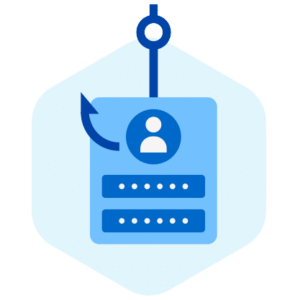
8. Secure Payment Processing
Work with your card processors and banks to ensure the most trusted and validated tools and anti-fraud services are being used. You may also have additional security obligations related to agreements with your bank or processor. Isolate payment systems from other less secure programs and do not use the same computer to process payments and surf the internet.
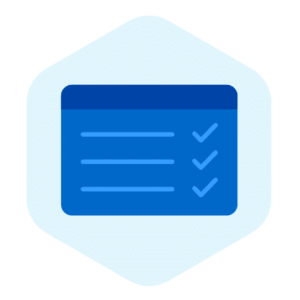
9. Implement Formal Security Policies
Creating and enforcing security policies is essential to locking down your system. Protecting your network is extremely important because it can be a potential endpoint for attackers. Your IT department should regularly hold meetings and seminars on the best cybersecurity practices. A few cybersecurity best practices are creating strong passwords, identifying and reporting suspicious emails, activating two-factor authentication, and not clicking on links and downloading attachments in emails.
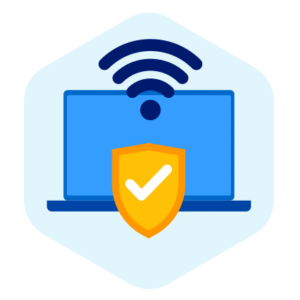
10. Secure Your Networks
Safeguard your internet connection by using a firewall and encrypting information. A firewall monitors and controls incoming and outgoing network traffic. To ensure your computer safety, make sure your Windows 10 firewall is turned on. Many vendors and some internet service providers (ISPs) offer integrated small office/home office routers that include firewall features. If you have a Wi-Fi network, make sure it is secure and hidden. To hide your Wi-Fi network, set up your router or wireless access point, so it does not broadcast the network name, known as the Service Set Identifier (SSID). Password-protect access to the router.
Cybersecurity Best Practices To protect your Small Businesses
Small businesses are particularly vulnerable because they are easy targets. It is more common for large and medium size businesses to have more cybersecurity processes in place that prevent attacks. Use this checklist to set up a reliable multi-layered defense against cyber threats.
DownloadRelated Insights
What is an SOC Audit?
If your organization handles sensitive data or provides services to...
Read MoreHow Cybersecurity Assessments Work: From Basics to Frameworks
Cybersecurity threats are becoming more sophisticated and widespread, putting sensitive...
Read MoreFuture-Proof Your Technology: Why You Should Consider a Computer Upgrade Every 3 Years
Key Takeaways Three-Year Upgrade Cycle Is Ideal Upgrading business computers...
Read MoreRecovery Time Objective (RTO) vs Recovery Point Objective (RPO): What’s the Difference and Why It Matters for Your Business
Key Takeaways RTO Explained RTO (Recovery Time Objective) is how...
Read More
